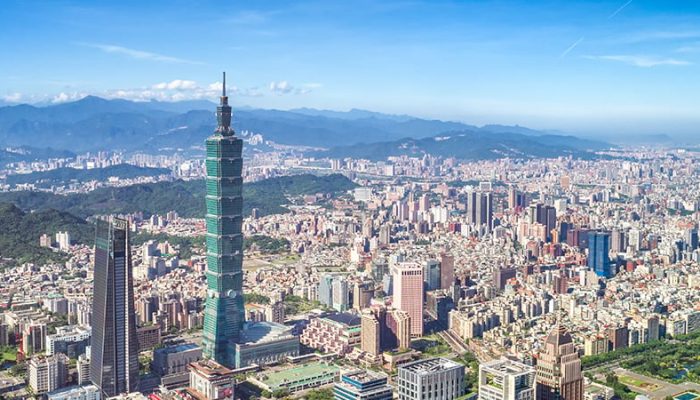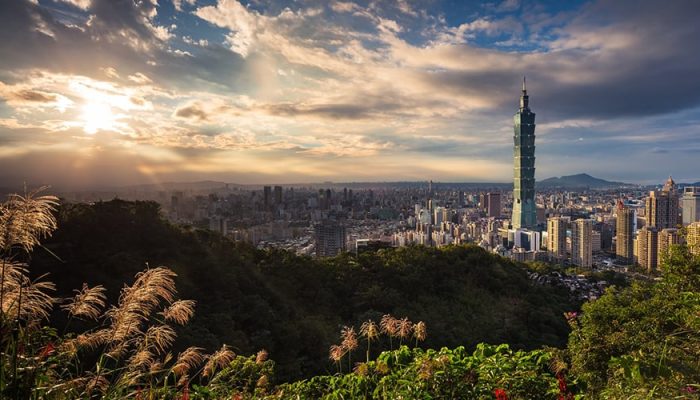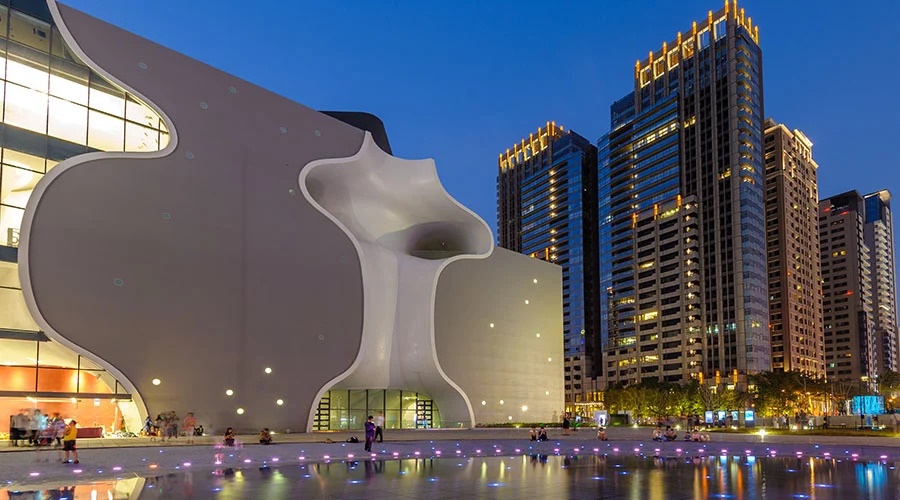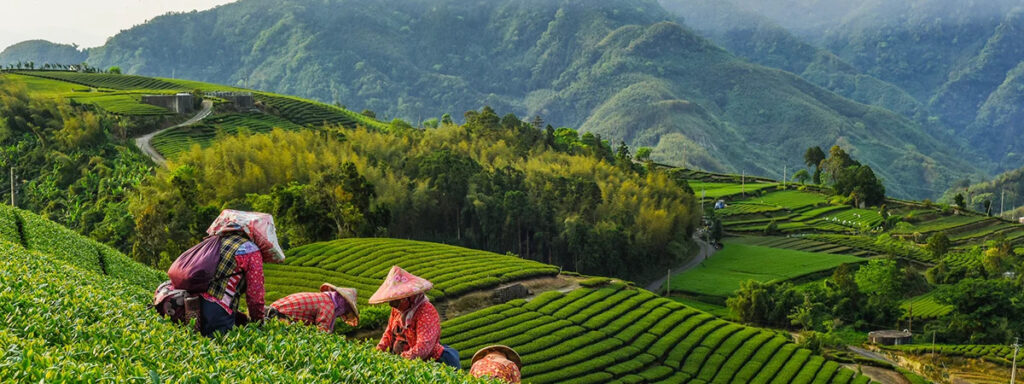QUICK FACT ABOUT TAIWAN
Taiwan and its surrounding islands, situated in East Asia at the northwestern edge of the Pacific, possess an endless variety of terrains, forests, agricultural products, and marine ecologies, as well as a diversity of ethnic cultures along with enchanting human customs and practices. You may get to know about Taiwan from the information as below.

Where is Taiwan?
Off the eastern and southeastern coasts of the Asian continent, lies a chain of island groups stretching from Russia’s Sakhalin Island to Indonesia’s myriad islands. Situated at the middle of the island chain, between Japan and the Philippines, is the island of Taiwan. Taiwan measures approximately 400 kilometers from north to south and around 145 kilometers from east to west at its widest.
major cities


Taichung

Taichung, literally ‘the center of Taiwan’, is the largest city of central Taiwan. Before the 18th century, the central area of Taiwan was controlled by the “Kingdom of Middag,” an alliance of indigenous tribes. The Qing court initially included Taiwan as a part of Fujian province, but decided in the late 19th century to establish Taiwan as a province in its own right. The Taichung area was initially selected as the site of the new provincial capital, and construction began on a new capital city to be called “Taiwan County.” However, budget problems interrupted construction and the capital was relocated to Taipei. In 1896, the incoming Japanese colonial government restarted construction and named the city “Taichung.”
Taichung is an essential economic and transport hub for the whole of Taiwan, linking together industry and agriculture in the cities and counties that make up Taiwan’s central region. Originally separate administrative regions, Taichung County was incorporated into Taichung City in 2010, making it the second-largest of Taiwan’s five special municipalities with a population of around 2.8 million. Occupying a broad plain framed by high mountains to the east and the sea to the west, Taichung has developed as a critical hub for road, rail, sea and air transport connecting the region to all other parts of Taiwan.
The Central Mountain Range effectively shields Taichung from Taiwan’s seasonal typhoons, leaving a city known for pleasant weather and a warm, energetic population. The city is made up of 29 administrative districts, each boasting uniquely distinctive cultural and natural landscapes, the legacy of centuries of diverse immigration and organic development, and giving the city a thriving cultural scene marked by a broad array of local and international events.

Climate
Taiwan has a long summer and a short, mild winter. The island, which is crossed by the Tropic of Cancer, boasts a variety of different climate zones. The northern and central regions are subtropical, the southern part is tropical, and its mountainous regions are temperate.Typically, the mean temperature of Taiwan ranges from around 18°C in winter to 29°C in summer. Low temperatures can drop below 10°C in winter, and high temperatures can surpass 35°C in summer.
The island’s average annual rainfall is approximately 2,600 millimeters. Northern Taiwan generally receives 60 percent of its total annual precipitation between May andSeptember. Southern Taiwan receives over 90 percent ofits precipitation over the same period, and its driest timestretches from November through February.The winter and summer East Asian monsoon systemsinfluence Taiwan’s seasons. The winter monsoon prevailsfrom October through March, with predominantly northeasterly winds (blowing toward the southwest) bringingmoderate and stable rainfall to the east and north of theisland.
The central and southern parts of western Taiwan, on the other hand, experience mostly sunny weather withlimited rainfall in autumn and winter.The onset of the East Asian summer monsoon is concurrent with Taiwan’s rainy season, popularly known as theplum rain 梅雨 season, in May and June. During this time,southwestern Taiwan is especially vulnerable to heavyrainfall, and afternoon thunderstorms and tropical disturbances are common.Typhoons are most frequent in July, August and September. Taiwan experiences three to four typhoons peryear on average. Some of them have caused severe damage; extreme cases of torrential and sustained rainfall may cause flooding, mudflows and landslides, and significant loss of life and property. Nevertheless, the precipitation that accompanies typhoons is vital to the
